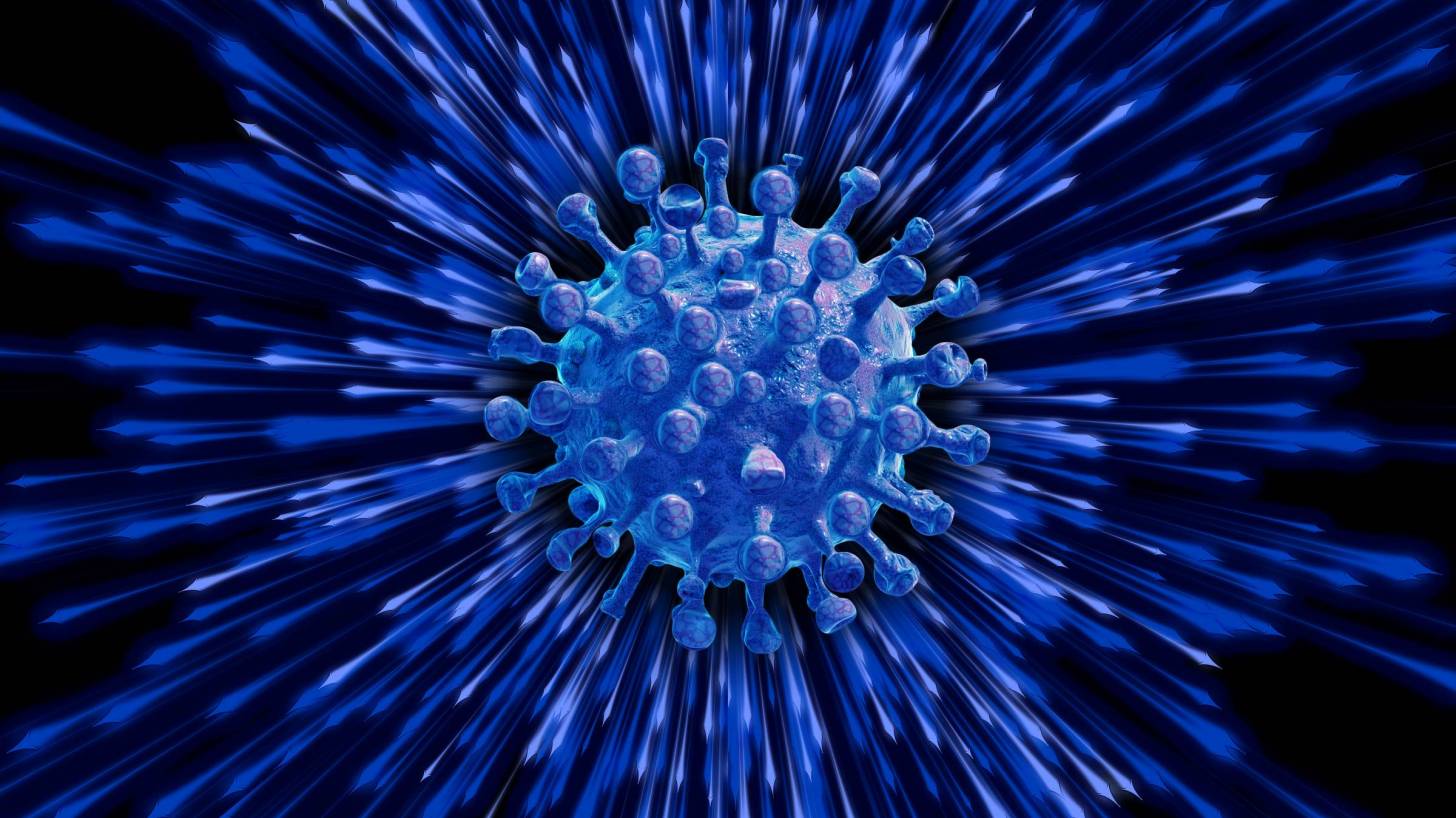Microneedle Delivery of Coronavirus Vaccines is a Promising Strategy

A coronavirus disease 2019 (COVID-19) vaccine candidate has shown promise in early testing, according to a paper published by investigators from the University of Pittsburgh School of Medicine.
In preclinical mouse models, the PittCoVacc vaccine candidate produced antibodies that may offer sufficient protection against SARS-CoV-2.
The paper was published by The Lancet on April 2, 2020, and is the first study to be published after critique from fellow scientists at outside institutions, that describes a candidate vaccine for COVID-19.
“We knew exactly where to fight this new virus,” said co-senior author Andrea Gambotto, M.D., associate professor of surgery at the Pitt School of Medicine.
“We had previous experience on SARS-CoV in 2003 and MERS-CoV in 2014. These two viruses, which are closely related to SARS-CoV-2, teach us that a particular protein, called a spike protein, is important for inducing immunity against the virus.”
Compared to the experimental mRNA vaccine candidate that just entered clinical trials, the vaccine described in this paper — which the authors are calling PittCoVacc, short for Pittsburgh Coronavirus Vaccine — follows a more established approach, using lab-made pieces of viral protein to build immunity.
It’s the same way the current flu shots work.
These researchers also used a novel approach to deliver the drug, called a microneedle array, to increase potency.
This array is a fingertip-sized patch of 400 tiny needles that deliver the spike protein pieces into the skin, where the immune reaction is strongest. The patch goes on like a Band-Aid and then the needles — which are made entirely of sugar and the protein pieces — simply dissolve into the skin.
The system also is highly scalable.
The protein pieces are manufactured by a “cell factory” — layers upon layers of cultured cells engineered to express the SARS-CoV-2 spike protein — that can be stacked further to multiply yield.
Purifying the protein also can be done at an industrial scale.
Mass-producing the microneedle array involves spinning down the protein-sugar mixture into a mold using a centrifuge.
Once manufactured, the vaccine can sit at room temperature until it’s needed, eliminating the need for refrigeration during transport or storage.
The authors are now in the process of applying for investigational new drug approval from the U.S. Food and Drug Administration in anticipation of starting a phase I human clinical trial in the next few months.
Funding for this study was provided by the National Institute of Allergy and Infectious Diseases grant R21-AI114264, National Institute of Arthritis and Musculoskeletal and Skin Diseases grants R01-AR074285, R01-AR071277 and R01-AR068249, and National Cancer Institute grant T32-CA175294.
SARS-CoV-2 virus vaccine development news published by Precision Vaccinations.
Our Trust Standards: Medical Advisory Committee

